Comprehensive Patient Analysis: A Case Study in Diagnosis and Care
VerifiedAdded on 2023/06/14
|5
|864
|268
Case Study
AI Summary
This case study delves into the diagnosis and care of a patient presenting with multiple health issues, including a suspected Urinary Tract Infection (UTI), lymphedema, and diabetes. The initial assessment involves collecting a urine sample for lab analysis and checking for a history of sexually transmitted illnesses. Elevated nitrites and leucocytes in the urine, along with symptoms such as urine inconsistency, offensive smell, fever, and a history of diabetes, support the UTI diagnosis. Recommendations for preventing future UTIs include maintaining proper genital hygiene and increasing fluid intake, particularly water and cranberry juice. The patient's lymphedema is attributed to a previous mastectomy, which likely damaged or removed lymph nodes, and the study advises against using the affected arm for blood pressure checks. The case also discusses the management of diabetes, differentiating between type 1 and type 2, and addresses the impact of diabetes on wound healing. The importance of HBA1c testing for assessing treatment adherence is highlighted, along with potential complications of uncontrolled Graves’ disease. The study concludes with recommendations for managing urinary incontinence, offensive urine odor, and fever, suggesting consultations with a physiotherapist, dietician, geriatrician, and urogynaecologist for comprehensive care. Desklib offers more solved assignments and resources for students.
1 out of 5
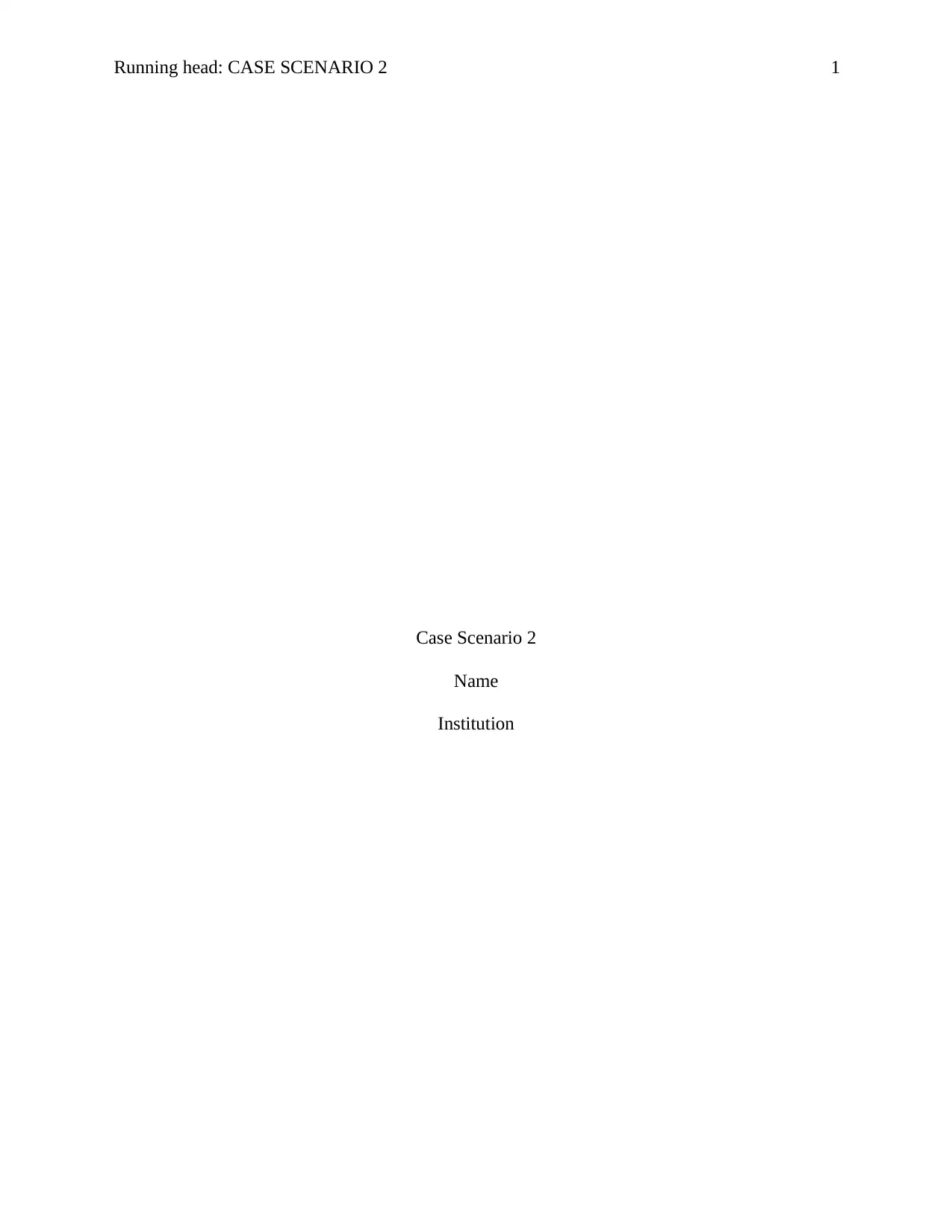
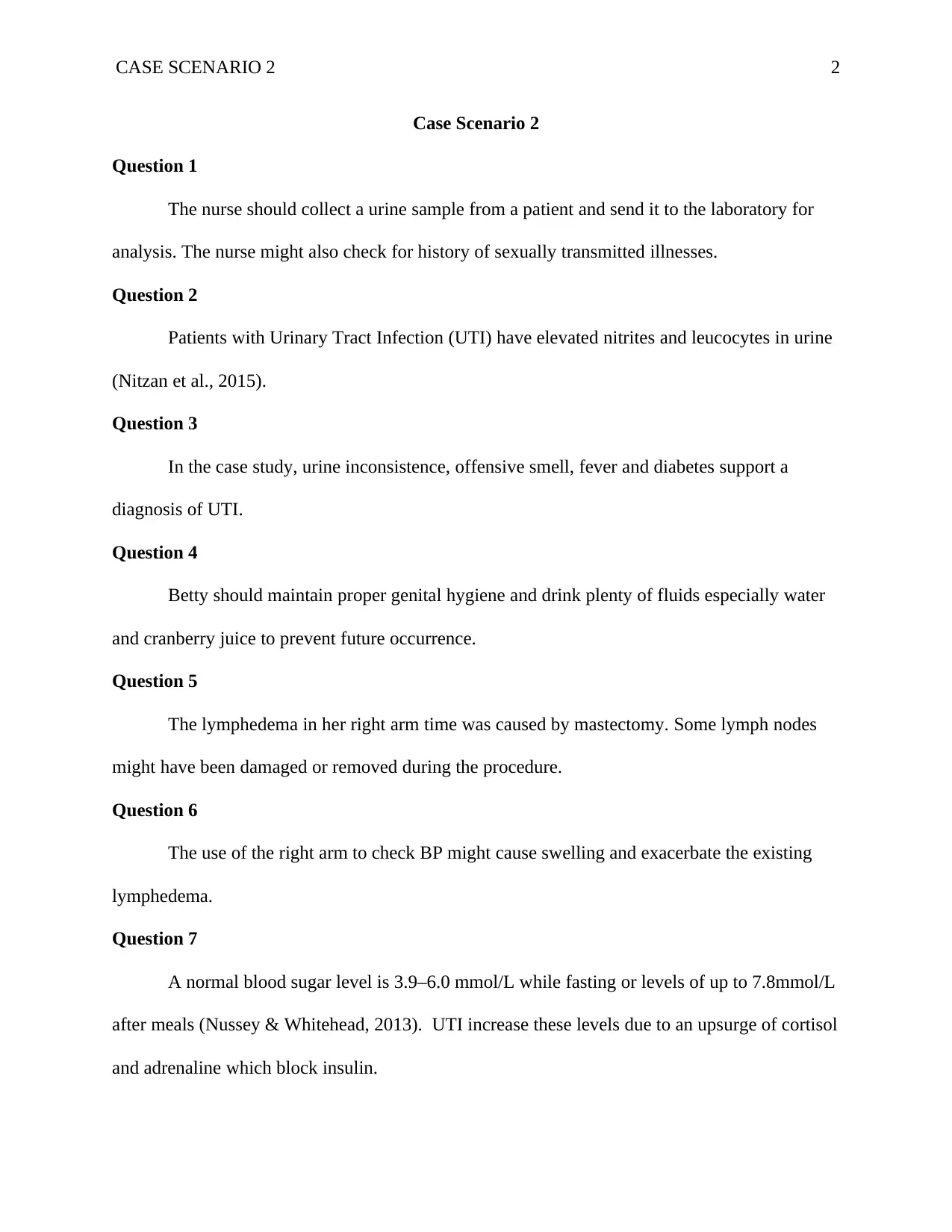
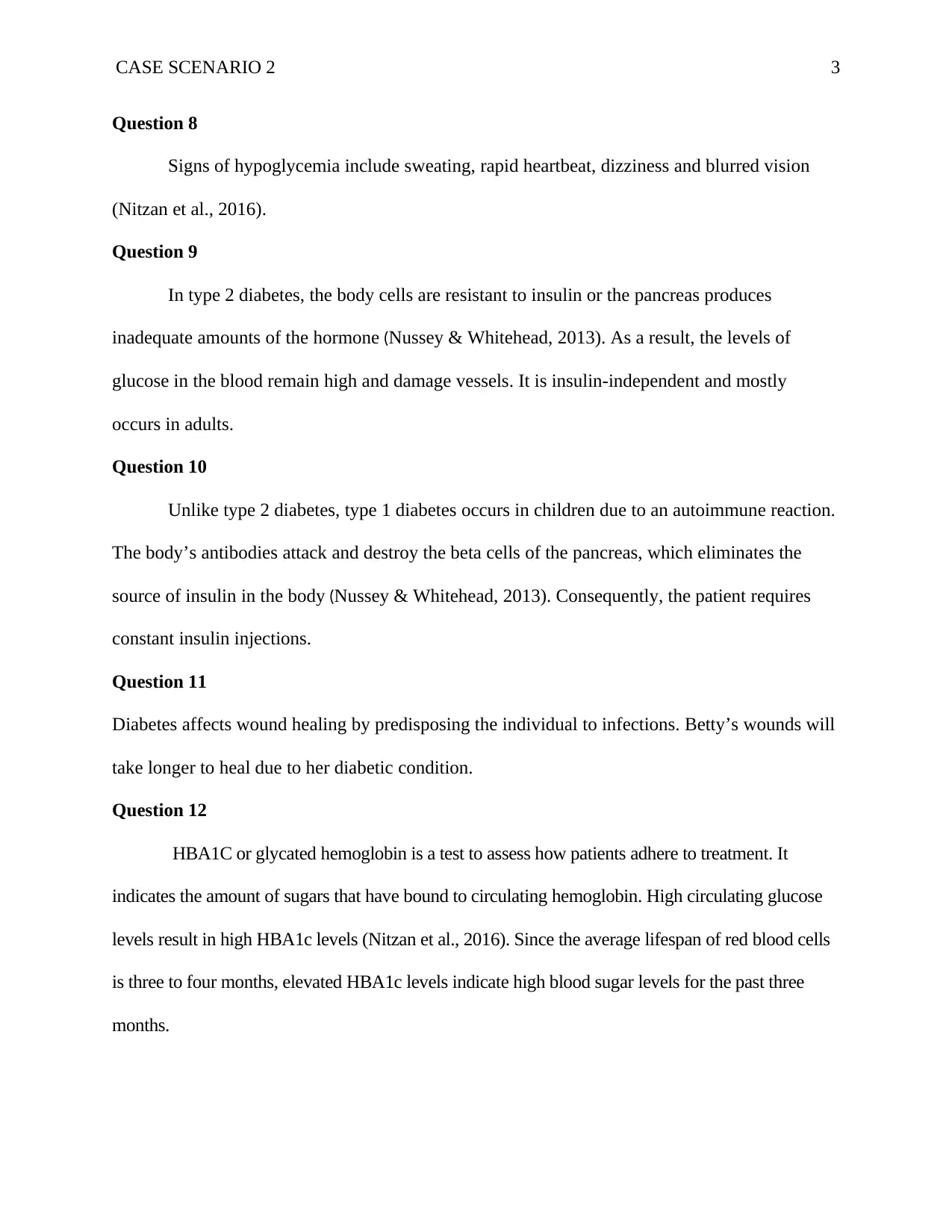

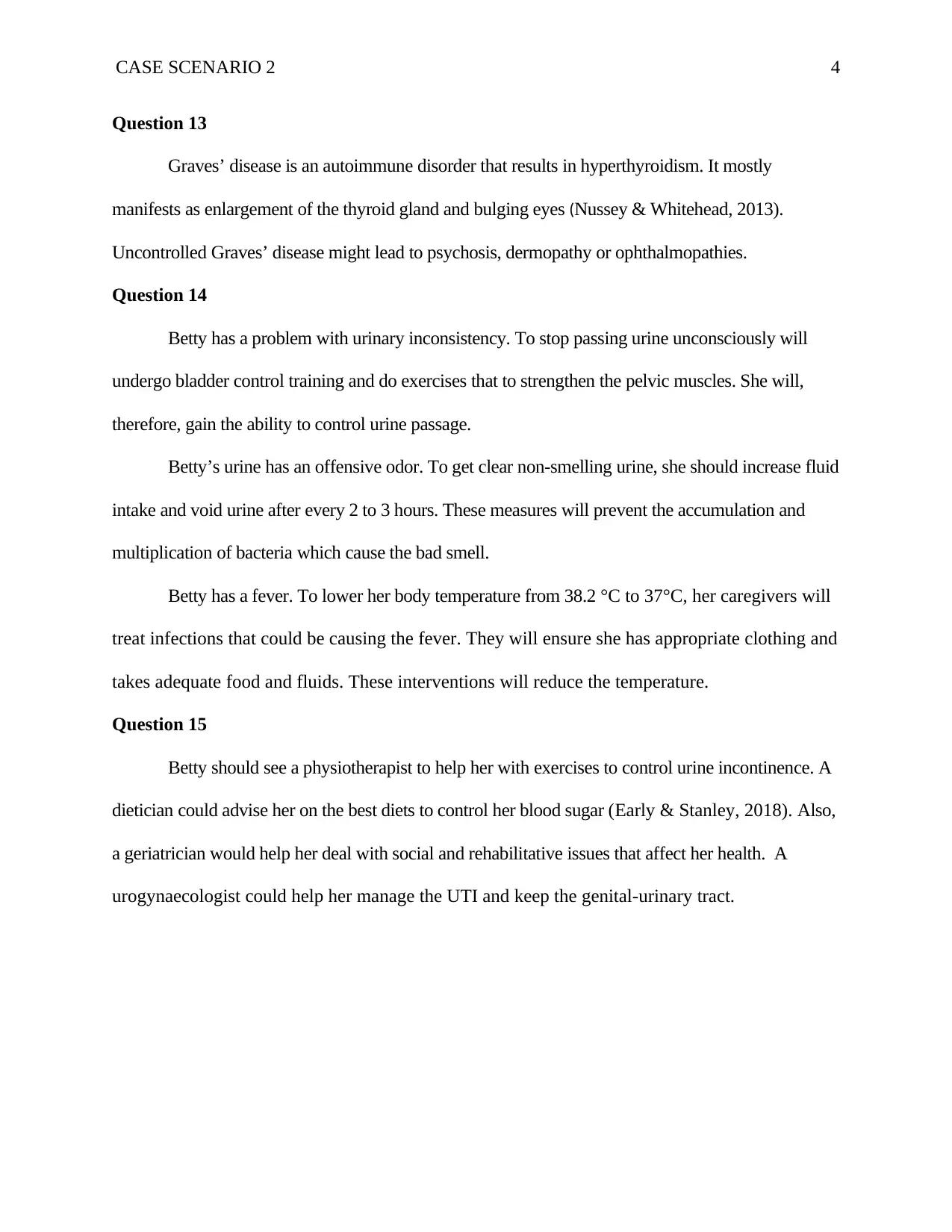
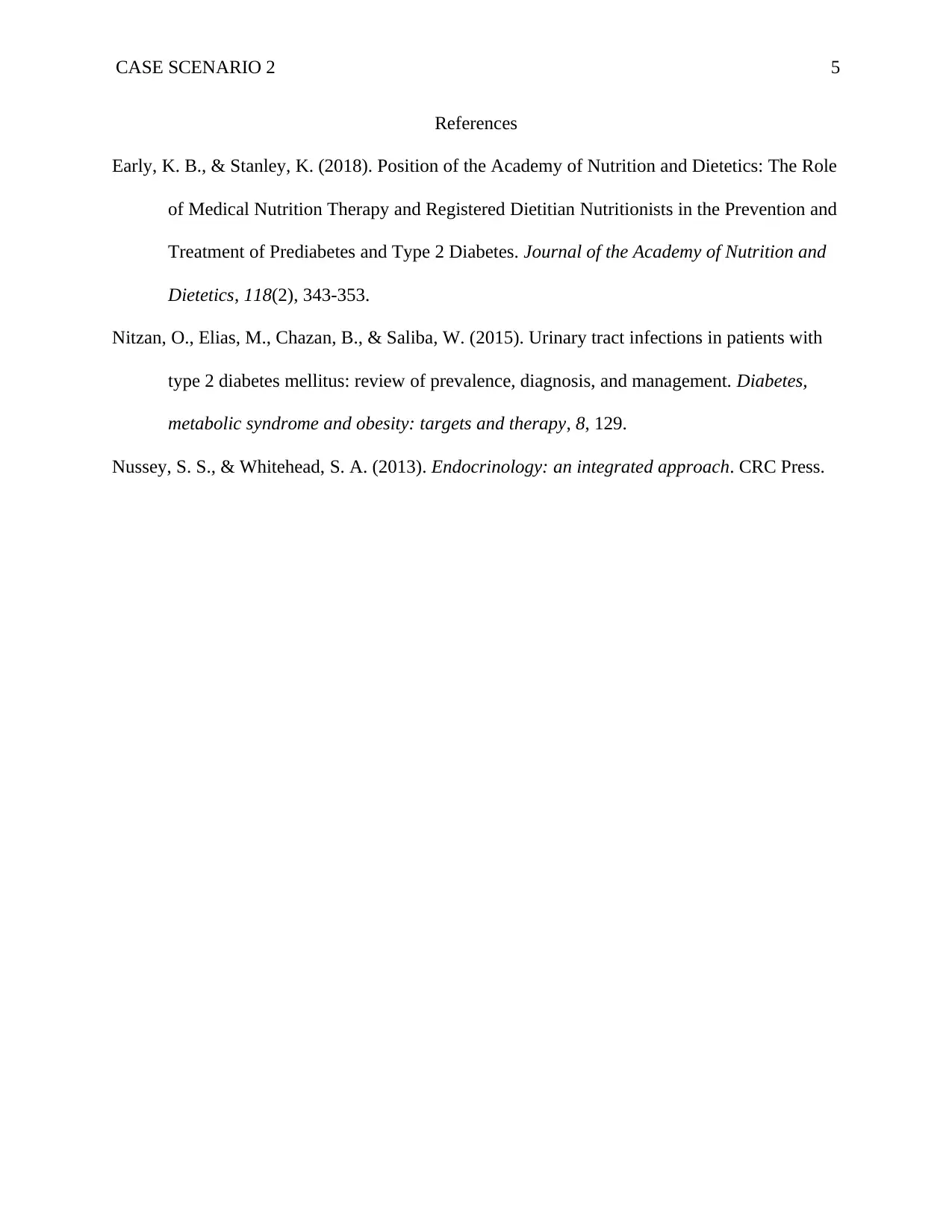






![[object Object]](/_next/static/media/star-bottom.7253800d.svg)